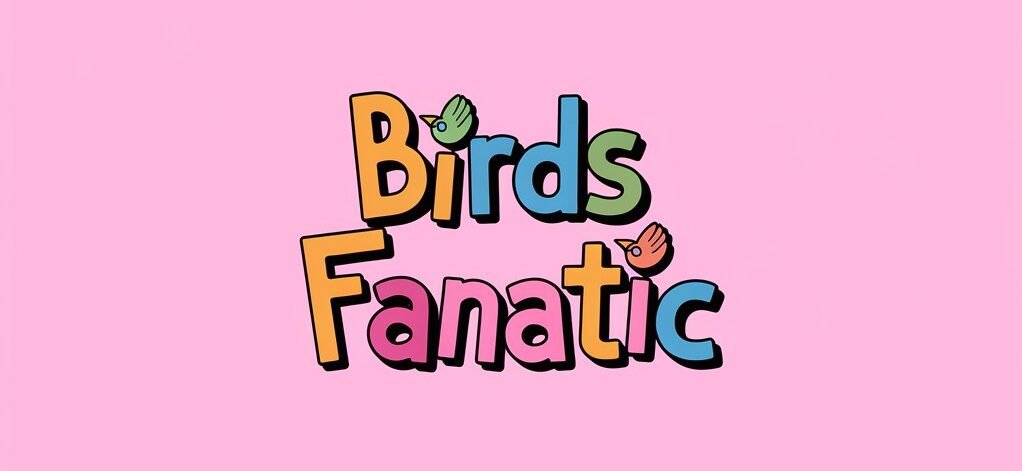How to Keep Crows Away From Your Bird Feeders
Crows can take over your bird feeders, making it hard for smaller birds to visit. You can keep crows away by understanding their habits and using some straightforward strategies. First, choose feeders that are less accessible to crows. Look for designs that allow smaller birds to eat while deterring larger ones.
Next, consider the food you put out. Use seed blends that crows dislike or offer smaller portions of food throughout the day.
Also, think about the area around your feeders. Keep it clean and clutter-free to discourage crows from lingering. You may use visual or audio deterrents, like owl statues or noise devices, to scare them off.
By applying these practical tips, you can attract the birds you want and reduce visits from crows. Enjoy your backyard birdwatching!
Key Takeaways
- Use tube or mesh feeders to limit access for larger birds like crows, while attracting smaller species.
- Feed smaller birds at dawn or dusk to reduce interactions with crows.
- Implement decoy crows and predator calls to create an unwelcoming environment for crows.
- Place feeders in sheltered areas and avoid ground feeding to deter crows from easily accessing food.
- Store bird food in secure containers to prevent crows from scavenging and visiting feeders.
Understand Crow Behavior

To keep crows away from your bird feeders, it helps to know how they behave. Crows are smart. They can solve problems and learn from each other. They often feed in groups and share tips on where to find food.
If one crow figures out how to reach your feeder, others will probably try to do the same.
To stop them, change the timing of your feeding or move your feeders to spots where crows don't hang out. You can also try using shiny surfaces to block their view.
Choose the Right Feeder Design
To reduce crow access to bird feeders, it's important to understand crow behavior.
Select feeders with designs like tube or mesh styles to make it hard for crows to reach the seeds. Use materials such as durable metal or heavy plastic, as crows are less likely to break these compared to glass.
Additionally, choose smaller seeds like thistle or millet, which attract smaller birds but not crows, since they prefer larger foods like peanuts and corn.
Use Crow Deterrents

To keep crows away from your bird feeders, use deterrents. One effective method is to place decoy crows in your yard. These fake birds can make real crows think your space is taken, reducing their visits.
You can also use sounds to deter them. Try playing recordings of predator calls at different times. This will create a space that feels unsafe for crows. By protecting your feeders, you create a safe area for smaller birds.
Be sure to change your decoys and sounds occasionally. This will keep them effective. Using these strategies can help you enjoy birdwatching while safeguarding the birds you admire.
Feed at Specific Times
To stop crows from accessing your bird feeders, feed your smaller birds at specific times.
Crows are more active during the day, so a regular feeding schedule can help. Feed your birds early in the morning or late in the afternoon.
Establishing a routine allows your favorite backyard birds to visit before the crows come out. Stick to your feeding times consistently, and you may see more of your desired birds while keeping crows away.
Limit Access to Food

To limit crows from accessing food, use specific feeding strategies.
First, stick to a consistent feeding schedule.
Next, choose feeders that block larger birds. Tube feeders work well because they let smaller birds in but keep crows out.
Place your feeders in covered spots, like near bushes or trees. This makes it harder for crows to land.
Avoid putting food directly on the ground to discourage crows from visiting.
Store your bird food securely in bins that dispense small amounts. This reduces waste and stops crows from snatching food easily.
With these simple steps, you can attract the birds you want while keeping crows away.
Employ Scare Tactics
To effectively deter crows, use simple scare tactics. Start with crow sounds, like distress calls. These sounds can confuse crows and make your yard less inviting. You can also set up motion-activated devices that make noise when crows get close.
For visual distractions, use shiny objects. Hang aluminum foil or old CDs around feeders. These reflective materials can disorient crows and keep them away.
Another useful tactic is to place decoy predators, like plastic owls, to signal danger.
Create an Inclusive Feeding Area
To create a feeding area that attracts small birds while keeping crows away, follow these simple steps:
- Use elevated feeders. This placement makes it harder for crows to reach the food.
- Offer a variety of mixed food that appeals to smaller birds.
- Add small perches. These attract smaller birds and are too narrow for larger ones.
- Plant native shrubs nearby. These provide shelter and attract small birds.
- Place feeders in sheltered spots. Avoid open areas where crows feel safe.
These changes will help create a lively feeding area for smaller birds, making your backyard a friendly space for them.
Monitor and Adjust Your Strategy
Creating a welcoming space for smaller birds is just the beginning; maintaining it requires ongoing observation and adjustments.
Start by monitoring your feeders regularly at different times of the day. Pay attention to when crows visit and how many come, as they can scare off smaller birds.
If you notice more crows, consider moving your feeders or using caged feeders that are safe for smaller birds. You can also try different foods that attract smaller species while being less appealing to crows.
By being observant and willing to change, you'll create an environment where your favorite birds feel comfortable and thrive.
Adapting your strategy is essential for keeping peace among your backyard visitors.
Frequently Asked Questions
Can Crows Remember Locations of Bird Feeders?
Crows can remember where bird feeders are located. They use their strong communication skills and food caching behavior to find food sources again. Knowing this can help you manage their presence better. Crows will return to these spots, so consider this when placing feeders.
Do Crows Have Natural Predators to Be Aware Of?
Crows have natural predators, including hawks and owls. It is important to be aware of these threats. Understanding these predators helps you appreciate crow behavior. This knowledge fosters a connection with local wildlife and highlights their challenges.
Are There Specific Bird Species Crows Dislike?
Crows often show specific behaviors towards certain bird species, particularly raptors like hawks and eagles. They typically avoid these birds. Knowing this can help create a friendlier space for other birds. By understanding their preferences, you can encourage a more inviting environment for diverse bird species to thrive.
How Can I Tell if Crows Are Nearby?
To tell if crows are nearby, watch their behavior and listen for cawing sounds. If you see groups of birds making loud calls, they are likely crows. They gather near food sources or nesting areas. Look for black feathers and a strong, upright posture. Crows are social birds and usually travel in groups. Their presence can indicate food or a safe habitat nearby.
What Time of Year Are Crows Most Active?
Crows are most active in spring. During this time, they engage in social behaviors and establish their territories. In autumn, their activity changes as they gather in larger groups to prepare for winter. Knowing these patterns can improve your birdwatching experience. Crows are fascinating birds, and observing their interactions can provide joy and insight into their lives.

Hello, I’m Amelia White, the founder of birdsfanatic.com. As a lifelong bird enthusiast and spiritual seeker, I’ve always been fascinated by the mystical connections between birds and the human experience. On this site, I share my knowledge and insights into the symbolic meanings and spiritual significance of various bird species, exploring their roles in mythology, folklore, and cultural traditions. Join me on this journey into the world of birds, where we’ll discover the hidden wisdom and guidance that these magnificent creatures have to offer.







